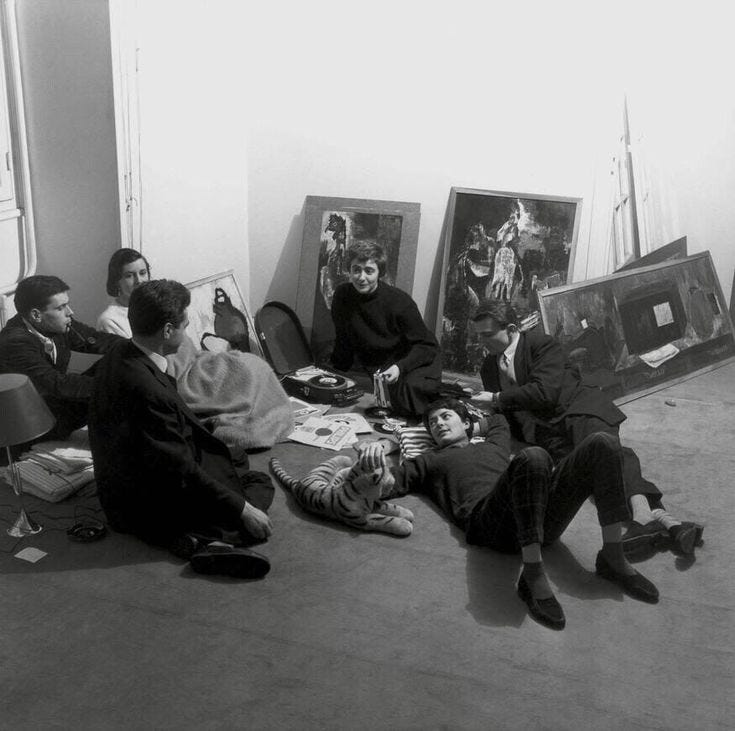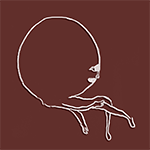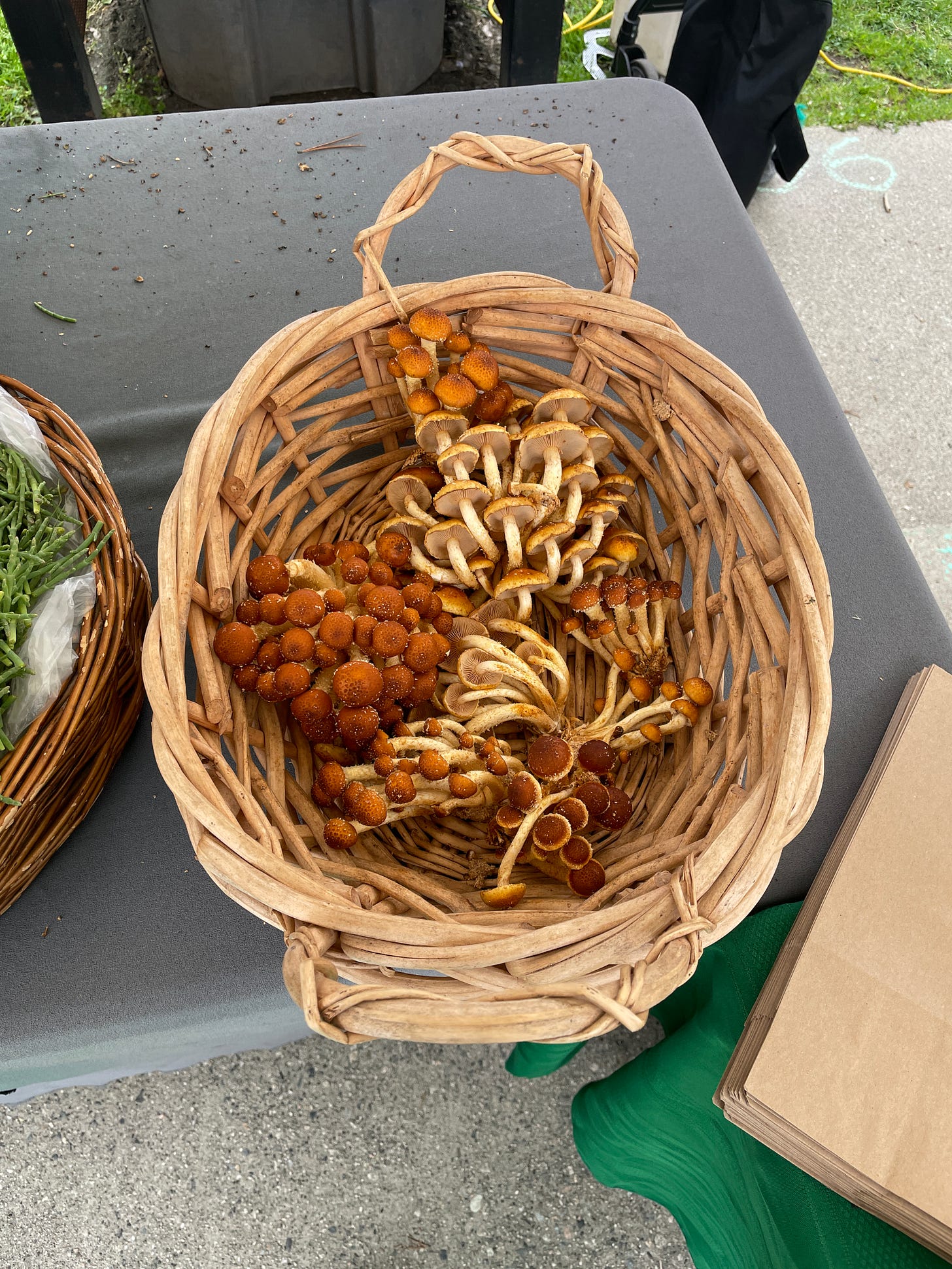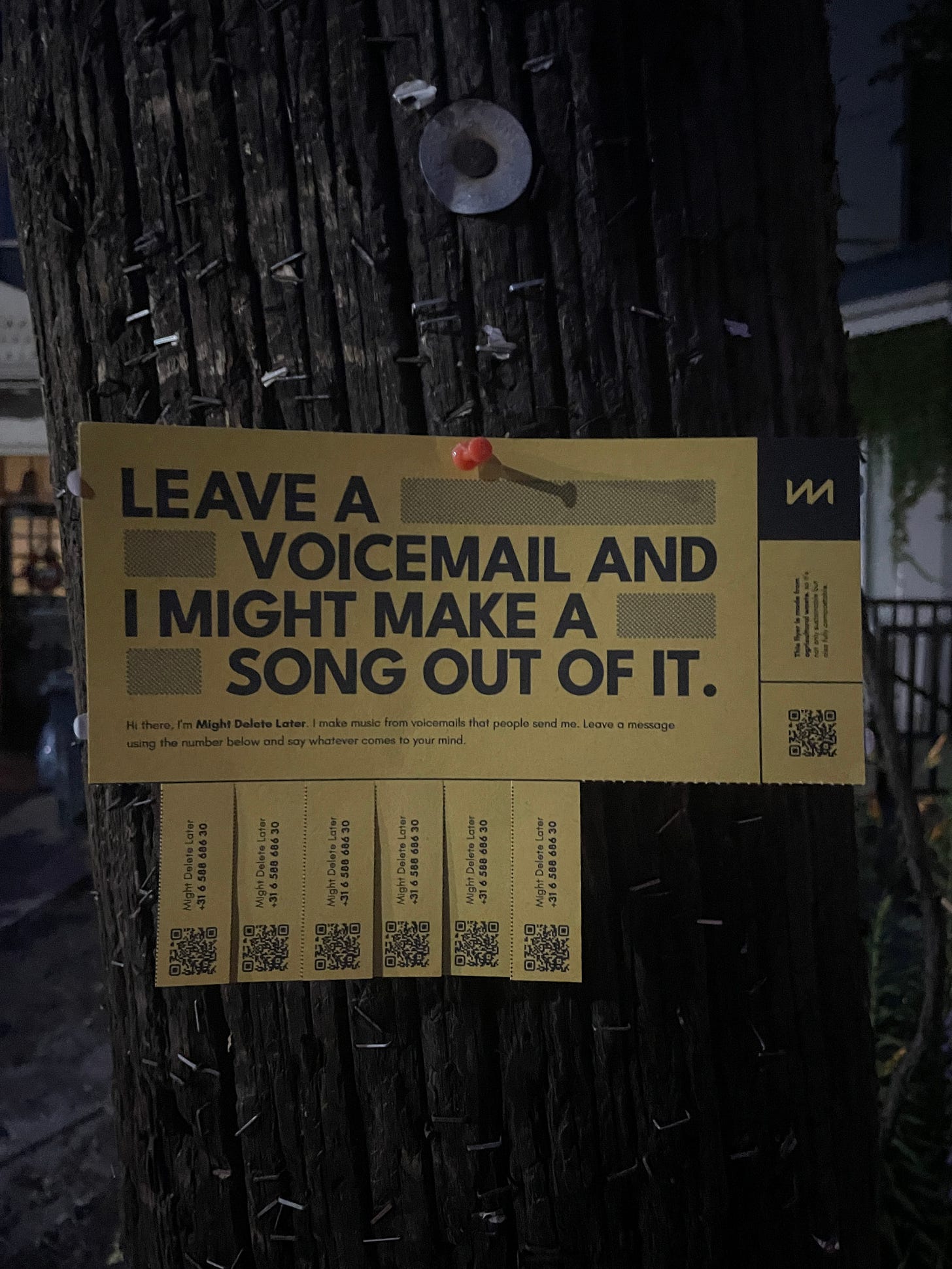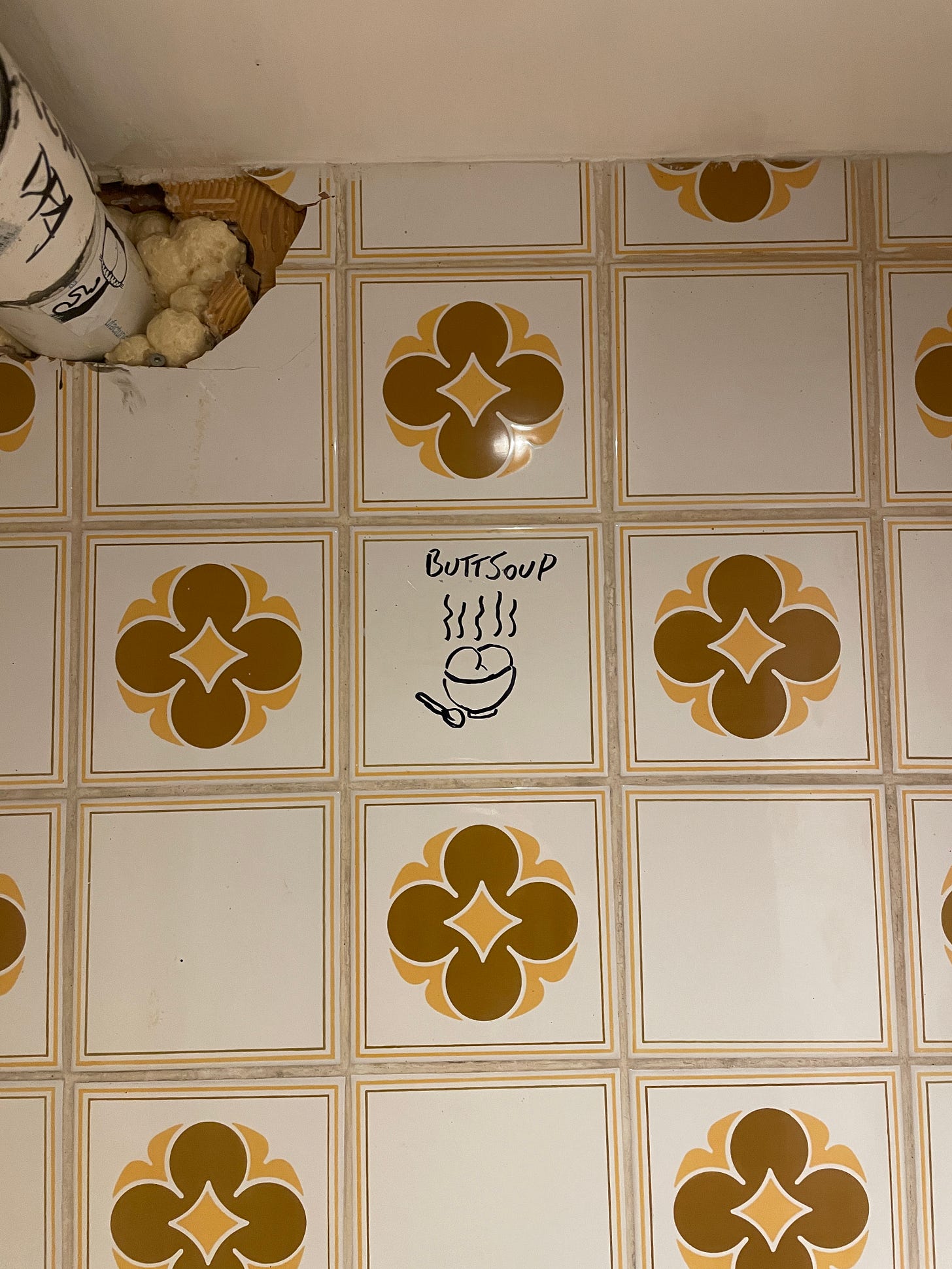On being a human at art openings
Your words don’t have to win the Nobel Prize, but they should be kind.
Tatum Dooley of Art Forecast recently shared a letter about the awkwardness of art openings and tips on how to navigate them more comfortably. I appreciated her open acknowledgement of this topic, which might seem trivial on the surface but has real implications for the accessibility of contemporary art—an issue I take much interest in. It’s nice to know that well-connected people are not immune to, or dismissive of, the social tensions which surround these events.
While Tatum’s advice is widely applicable, her letter was tailored to artists seeking gallery connections. I believe there is another cohort that needs hand-holding on this topic, perhaps even more so than artists: those who simply enjoy, or wish to enjoy, being part of their arts community. Lacking an expansive art vocabulary, connections, or an express purpose for being there, this cohort often feels silently excluded from gallery events.
One of the most common questions I get at openings is: Are you an artist? While the question isn’t meant to be exclusionary, it’s easy to interpret it that way. Posed differently, it becomes: Why else would you be here? I feel it’s important to emphasize that there is a perfectly valid (albeit rarely acted upon) desire to be involved in one’s arts community as an enthusiast, or for largely social reasons. No one should feel ashamed by this. Visual art is fun and challenging, artists are amongst the most interesting and involved people in their communities, we live in cities to expand our parameters and meet people from all walks of life, and galleries attract a fascinating (and beautiful!) cohort. Though they often don’t feel like it, openings are designed to welcome the wider public into the gallery network. They benefit greatly from a buzzing crowd, and the more diverse the visitors, the more welcoming the event feels to others.
It thus falls upon you, reader, to not self-exclude.
As an introvert who has weathered the awkwardness of many openings, alone, without the designation of “art professional” nor contacts in art, I’d like to share a few tidbits of my own on this subject. This might be thought of as a philosophical add-on to Tatum’s more practical pointers on etiquette.
I think the most important point to acknowledge, at risk of being obvious (it wasn't to me!), is that the art tends to be secondary at an opening. Especially if the room is full, which is the goal. In early welktober days, I went to openings to get ideas for my pieces. This never worked. There simply isn’t enough space to engage with the art. Maybe you’re different, and can shut off the social activity around you, but I repeat: that’s not really the point of an opening. Should this be your intent, you’ll fare better when the gallery is empty and quiet (I love a Friday afternoon), or during the artist talk. By all means, have a walk around and enjoy the art, but if you’re going on opening night, you’re going first and foremost to socialize.
Chatting with people at the opening may very well result in an insight or connection to the work that no amount of silent staring or studying of the exhibition text could achieve. But I want to caution people against expecting this. I believe that most of the anxiety surrounding art events is rooted in the expectation of unearthing some golden insight, or having a conversation more elevated than small talk, or what would occur at a bar.
Please remember that talking about visual art is hard. It’s not your first language. This is why art writing exists—to translate. Most of the time it fails (unless I do it ha ha). Many artists who created the damn thing dread talking about it more than any other part of the process. Accordingly, temper your expectations around your own capacity for spontaneous art dialogue. Listen around and you’ll notice that many regulars and arts professionals are not talking all that deeply about the art. They’ll surely say, at minimum, a quick congrats! or it looks amazing!, but they are not seeking perfection, or making the moment about them. I am not discouraging you from sharing genuine questions or comments about the art. But if you find yourself struggling after some elusive, lighting-in-a-bottle statement, you’re likely better off asking the artist how their night is going, or complimenting their outfit (they’re probably serving).
I am ultimately petitioning for more acceptance—for yourself, and others—around processing within art dialogue. We should not be expected to walk out of the theatre, close the book, or lift the needle from the record, with a concrete sense of whether we liked the work and why, let alone an understanding of the more complex feelings it evoked. The more interesting the work, the longer this processing tends to take. To try and rush it usually results in an unsavoury flattening of the art which I wrote about here. It’s perfectly fine to shrug and say that you don’t know how you feel about it yet.
I close, however, with one word of warning: an ambivalent response is not recommended on opening night, the point of which is to celebrate the artist and the show. This is the wrong setting to shrug and express indifference. Per Tatum’s tips on etiquette—the number one thing to avoid at an art opening is negativity, or anything that could be perceived as such. Your words don’t have to win the Nobel Prize, but they should be kind.
“Hello babies. Welcome to Earth. It's hot in the summer and cold in the winter. It's round and wet and crowded. On the outside, babies, you've got a hundred years here. There's only one rule that I know of, babies—God damn it, you've got to be kind.”
― Kurt Vonnegut, God Bless You, Mr. Rosewater



